Motorola Moto G Review
by Brian Klug on December 18, 2013 2:00 PM EST- Posted in
- Smartphones
- Motorola
- Mobile
- *VA
- Cortex A7
- snapdragon 400
- Moto G
Display on mobile devices is one area where we’ve seen considerable improvement. Pixel density has gone up, contrast ratios have improved, and the emphasis on low power in a platform gated by its battery size means there’s always innovation happening. In the case of the Moto G, what we’re after should really be a display that looks visually appealing without any of the egregious issues that plague most midrange devices – poor viewing angles, low resolution, low contrast, dim displays.
On paper, the Moto G has what would probably have been a flagship display for a mobile device a year or two ago, it’s a 4.5-inch LCD with 1280x720 resolution and 326 PPI pixel density. The comparison point is the Moto X with a 4.7 inch AMOLED panel of the same 720p resolution and 312 PPI pixel density.
I’m pretty impressed with how the Moto G’s display looks. Subjectively, viewing angles are good, there aren’t any of the issues I normally attribute to non-flagship devices either with low pixel density or contrast that fails to please. There’s no light leakage at all from any of the corners.
One unfortunate thing about the Moto G I was sampled however is the presence of two small bubbles in the cover glass. I initially thought these were dust, but inspection with a microscope reveals they are in fact inhomogeneities in the cover glass.
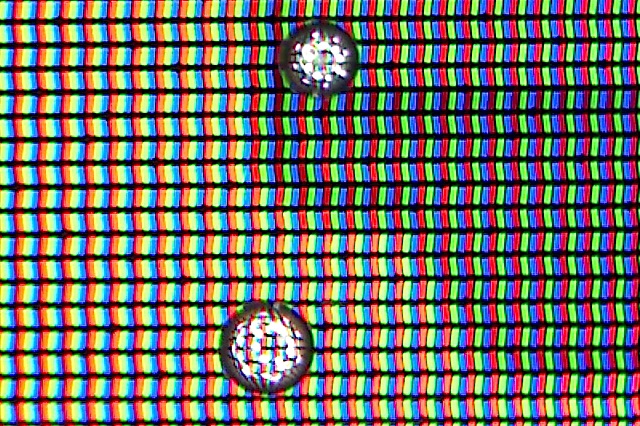
I’m not sure whether these kind of defects are within spec for the Moto G, but they’re distracting and visible on most solid colored UIs or views. I’ve never seen something like this on any handset I’ve reviewed to date.

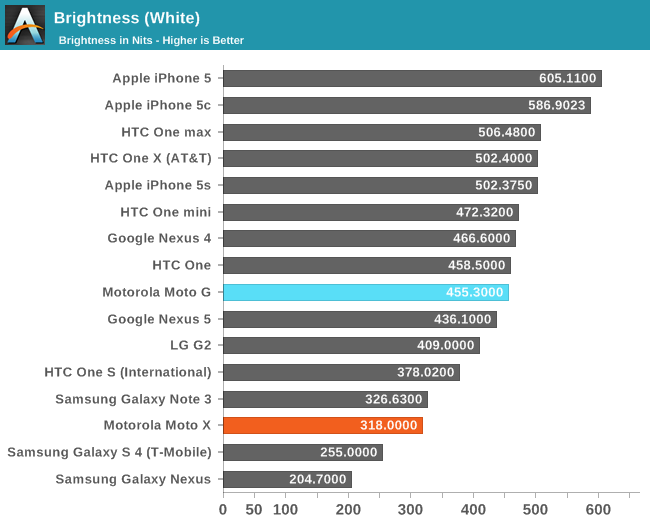

The Moto G goes plenty bright, at just over 455 nits, and delivers contrast numbers that are pretty darn good for the price point at just shy of 1200. Normally black levels are out of control on the lower end devices, I’m not sure if the Moto G uses an IPS panel, but suspect it does.
Upon inspection I immediately noticed that the Moto G display was very, very blue. To measure color accuracy we turn to the same combination of measures that we have used for a while now.
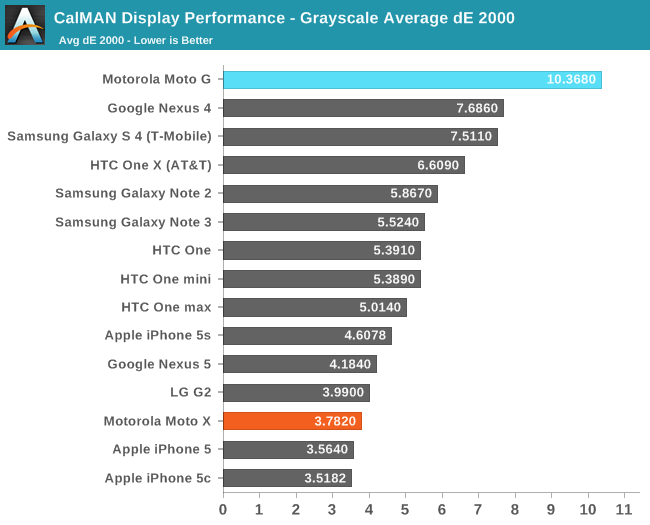
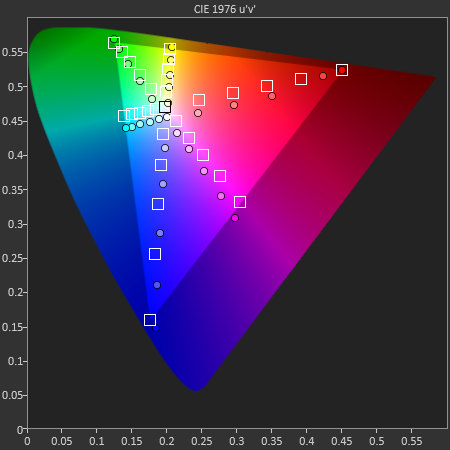



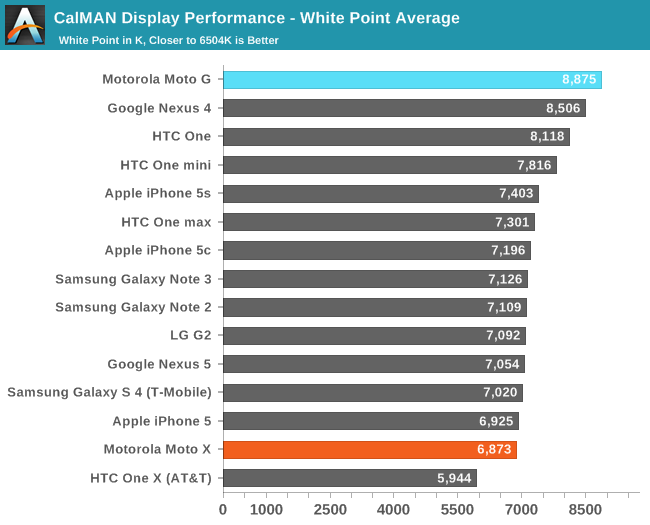
My comparison points are unfortunately primarily high end devices, which makes the Moto G look comparatively poor. The Moto G display tuning is indeed very blue with a white point of nearly 9000K, but I wouldn’t be surprised to learn this is a function of the backlight LEDs used or intrinsic properties of the panel.
Color calibration is something we’ve only just now started to see get taken seriously on the high end devices, if we can’t expect it to be a regular staple there, the midrange is obviously a lost cause. I wouldn’t fault the Moto G for not being very accurate, but it is something to be aware of as a sacrifice at this price point if you’re considering it over a high-end phone. On the flipside, the pixel density and contrast of the Moto G’s display seems excellent given the price, and I suspect the defects in my Moto G’s cover glass are specific to this unit.



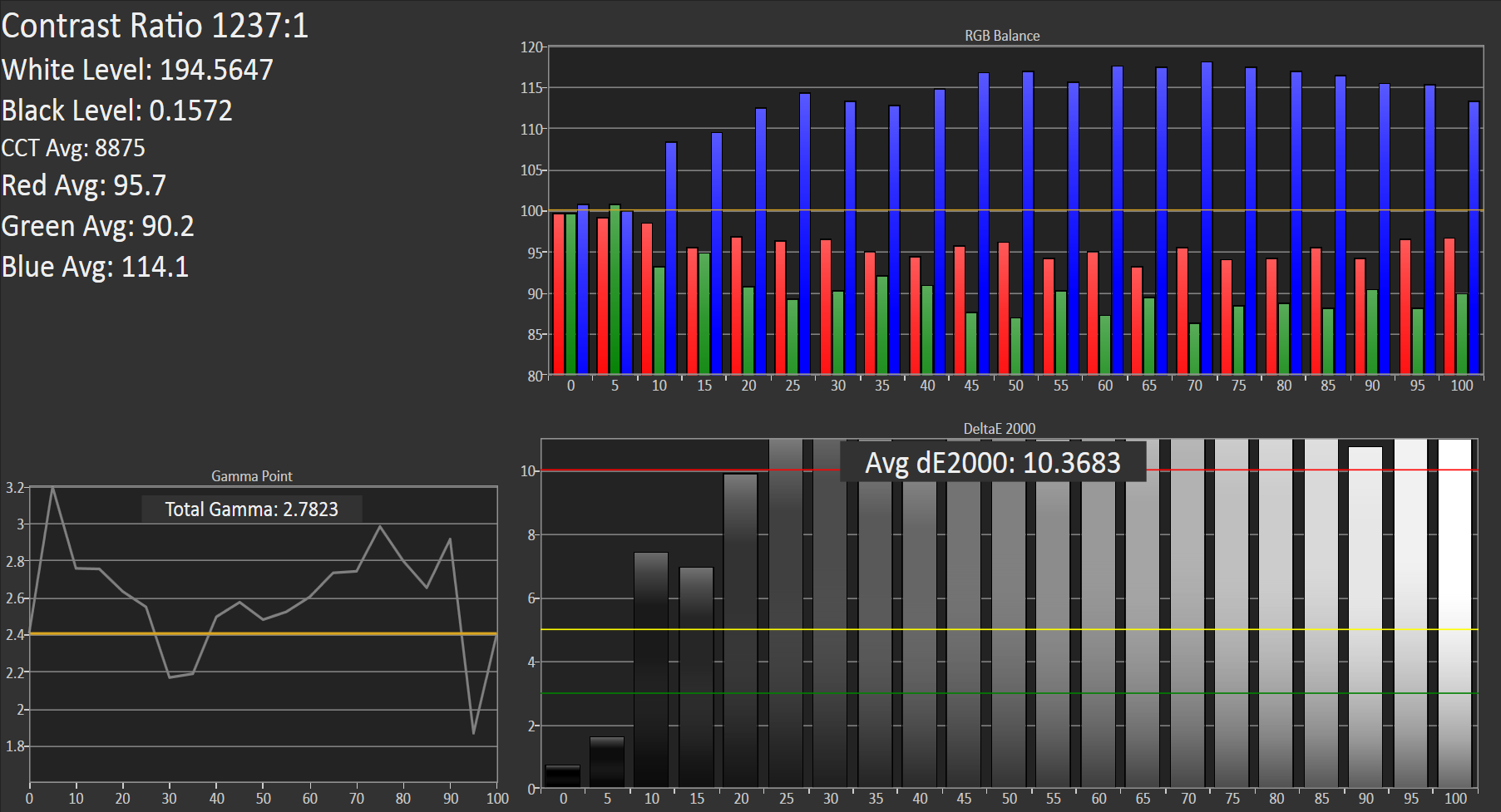








120 Comments
View All Comments
apertotes - Thursday, December 19, 2013 - link
No, I do not. There are two sides here. Some say Samsung sells because of marketing, some say Samsung sells because they understand better what the consumer wants (micro-sd, removable batteries, etc.). Neither side is backing their arguments with any proof at all.uhuznaa - Thursday, December 19, 2013 - link
Well, the fact remains that you can hardly view any review of a competing product on Youtube without a Samsung ad being forced down your throat before it. They must be spending a hell of a pile of money on that.apertotes - Thursday, December 19, 2013 - link
So? Is it less of a fact that Samsung high end devices keep a micro-sd slot and removable battery?Bob Todd - Friday, December 20, 2013 - link
Yes it is, for the simple undeniable truth that enthusiasts make up a tiny sliver of this market (just like is true for most markets). We (enthusiasts) are closer to a rounding error on their financial statements than an overwhelming majority. For every user who clamors for removable batteries or the ability to flash a custom kernel to overclock their phone, there are 95 others who just walk into the store and buy whatever cool phone they saw on TV, or whatever their friends use, or whatever the guy at the counter steered them toward. Samsung could bring the Galaxy S5 to market with sealed batteries and no expandable storage and it would still be the single best selling Android phone by an enormous margin. I have no idea why you are so hell-bent on convincing others, or deluding yourself, that the % of people that really care about these things (or read blogs like Anandtech clamoring for in-depth SOC analysis) make up more than a puddle vs. the ocean of people who DGAF.metayoshi - Friday, December 20, 2013 - link
The guy behind the counter is definitely a major factor, and I believe Samsung dedicates some of their money into that. I remember my sister was due for an upgrade from her Verzion Galaxy Nexus, and I convinced her to buy a G2 and even linked her the mini review from this site. She told me battery life and a good camera were priority, and to me, it was a no brainer.In she walks into the Verizon store, and boy was the guy trying hard to sell the GS4. I told her, the LG has essentially the same features as the GS4 down to the gimmicky camera features, but the camera quality (OIS), and the 3000 mAh battery is much better than what the GS4 will deliver. If I wasn't there, there is no doubt in my mind that my sister would have a GS4.
So yeah... for the people that just don't know what all of their options are, and they go to the phone salesmen for the "expert" advice, which makes up the majority of people, what they're really getting is the phone that the employees are getting paid the most money to sell, which, in my case, was definitely the GS4. After that experience, there is no doubt in my mind that Samsung is giving extra commission to employees who sell these Samsung phones.
shaduck007 - Saturday, January 4, 2014 - link
At Best Buy, I always ask the Intel specialist his opinion.apertotes - Monday, December 23, 2013 - link
That is simply not a fact. That is your poorly reasoned opinion. Facts are:1. Samsung invests a lot of money in advertising and marketing.
2. Samsung's phones have micro-sd and removable battery.
Unless you work as a high level Samsung employee, there is no way to know which of those facts affect sales in a more powerful way.
bhima - Monday, December 23, 2013 - link
iPhones have literally ZERO of those features listed in number 2. They sell by the truckload. Bob Todd is spot on and said it best, Anandtech readers/tech enthusiasts make up a rounding error in the financial statements of these companies.apertotes - Tuesday, December 24, 2013 - link
and that is why HTC did not sell that much. They can't compete on features with Samsung, they are competing with iPhones. And nobody can beat Apple in their own turf. At least Motorola is pricing the G way below.Now, Apple says a truckload of iphones without removable storage or batteries. That is completely true. But Apple is on a league of its own. Neither better nor worse. Simple different. Apple users do not care that much about raw power or features. Also, Starbucks, trendy, hipster, instagram.
boeush - Wednesday, December 18, 2013 - link
"3-4 GB of music" is about 1000 songs."In crappy 64 kbps bit rate, maybe. Personally, I don't do crappy when it comes to my music: all my stuff is ripped to CD-quality at a minimum, and lossless (FLAC) when possible. For instance a single anthology collection for a single band that I have currently on my phone, takes up nearly 10 GiB.